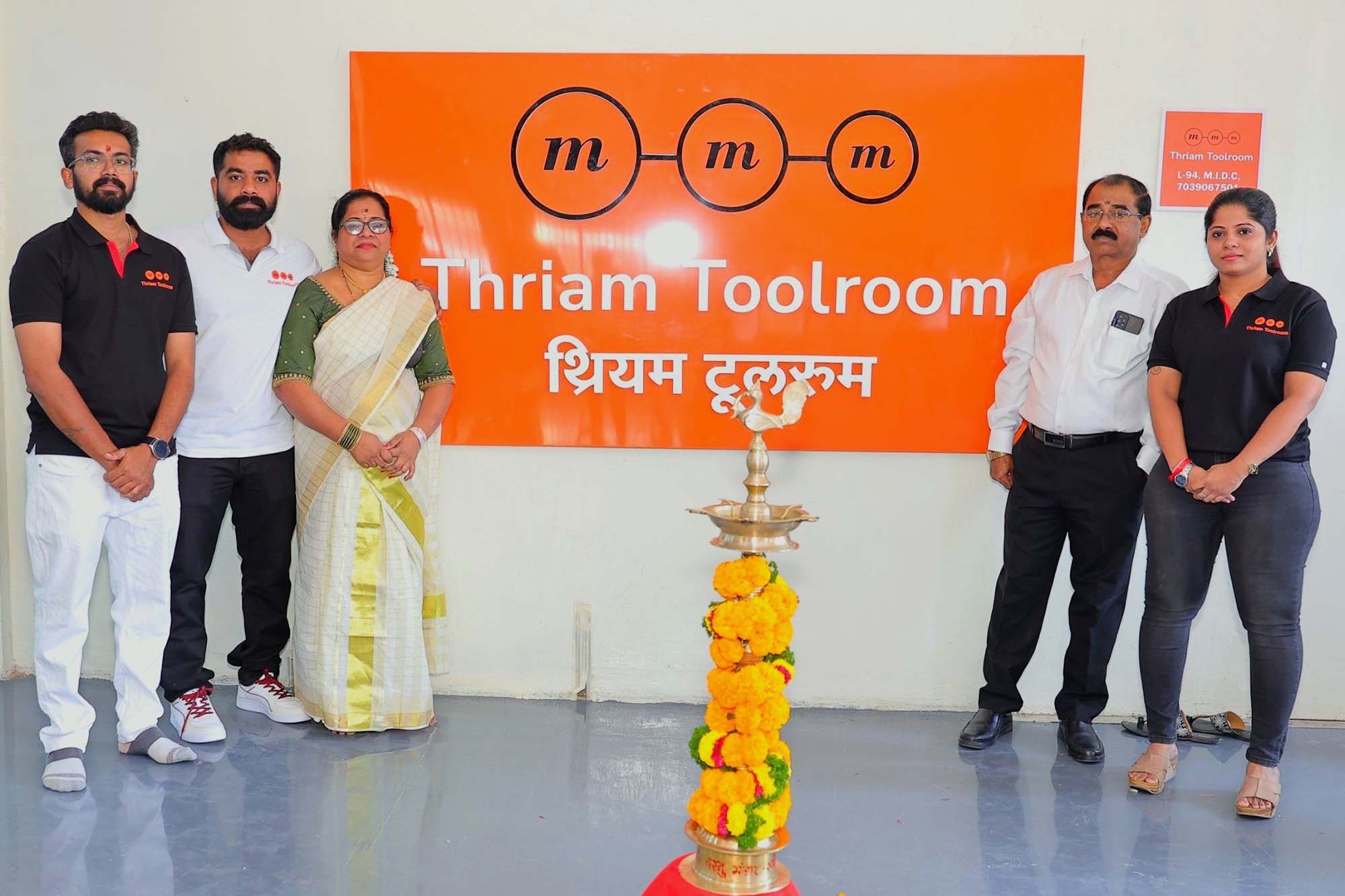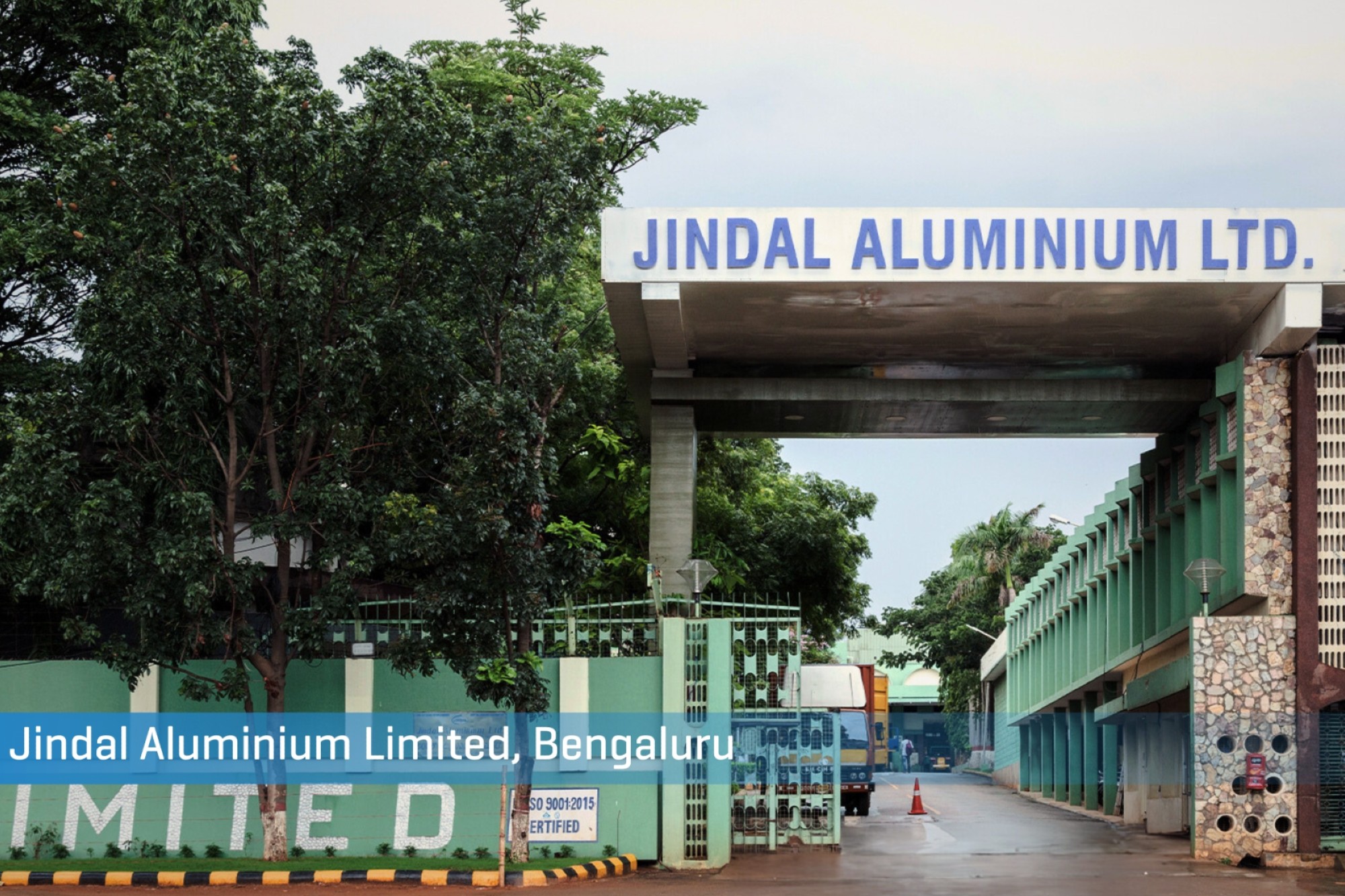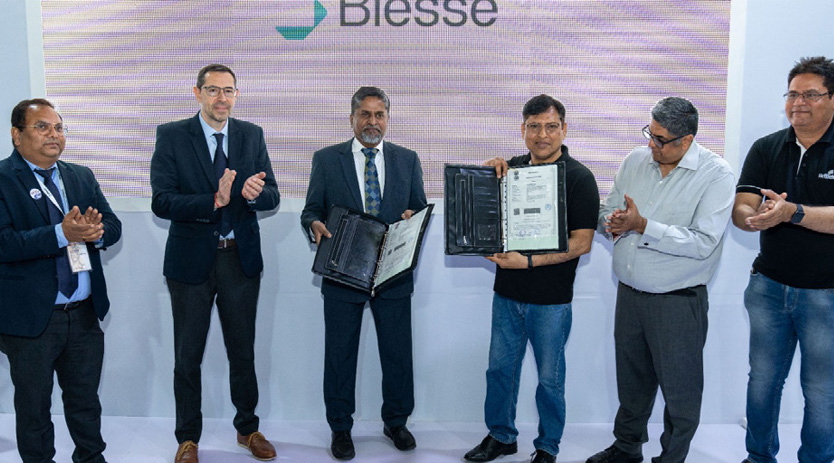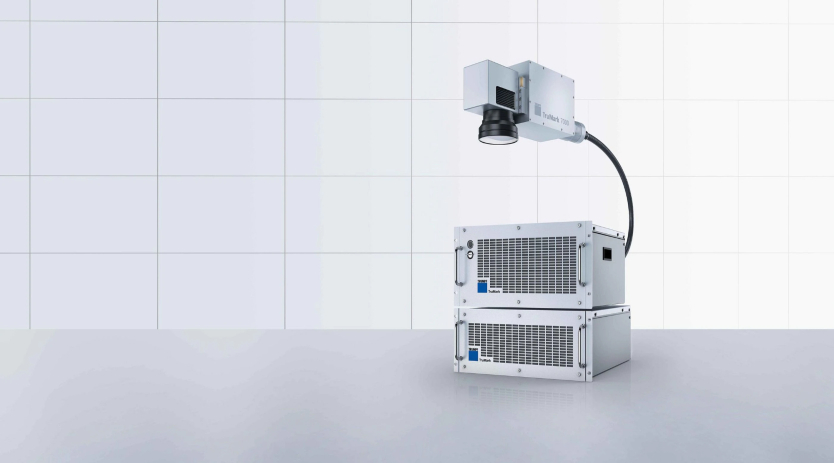Waste water solutions using Quantum solutions
By OEM Update Editorial September 16, 2019 2:22 pm IST
Quantum specialises in delivering professional engineering and automation control system services for the industrial and commercial manufacturing facilities. The company offers consulting, engineering solutions, inspection services, instrumentation and controls (I&C), SCADA (Supervisory Control and Data Acquisition) applications, and various automated programming.
Problem
Quantum works with many industrial sectors, such as mining, energy production, and waste water which often have challenges with geographically remote locations. No matter how remote, these industries depend on constant communication. For many years the solution has been unlicensed wireless radio equipment either connected serially or via the Ethernet.
With the emergence of Ethernet-connected devices, certain wireless frequencies, including 900MHz radio communication, cannot support high- speed and high-bandwidth Ethernet traffic. These radios can only achieve a maximum data rate of 1024 Kbps, extremely slow compared to Wi-Fi (802.11) and 4G LTE data rates. The slow data rate could cause delayed communications, some of which could be urgent like alarms, supervisory commands, and more. The challenge is further complicated by repeater radios, inefficient PLC messaging schemes, flat networks, and excessive polling rates.
This scenario is not ideal for critical applications that control and monitor equipment remotely. These limitations needed to be corrected by transitioning to 4G LTE or Wi-Fi wireless networks for a new, more robust wireless communication infrastructure.
For this specific project, a municipality operates an 11-mile pipeline, which crosses two other cities to deliver water to a treatment facility. Four pump station RTU cabinets sit along the pipeline, controlling and monitoring the flow of water. To provide communications throughout the 11 miles, six 900MHz radios were in use to allow the individual RTU PLCs and water treatment plant to be in touch.
Since the initial communication process was put in place, urban growth has begun to affect the performance of the wireless carrier. Additional obstacles were also present, including a 650’ elevation difference between the first RTU and treatment facility. Inconsistent and unreliable communication made it almost impossible to control the four pump stations remotely. The communication issues werecritical enough that it represented a significant risk regarding water production and delivery.
Results
Since Quantum implemented the new network, the city no longer has to worry about its aging and ineffective wireless radio infrastructure. They now have a dependable communication system that allows them to seamlessly monitor each RTU cabinet remotely. The city can now focus all its efforts on providing clean drinking water to its citizens.
Cookie Consent
We use cookies to personalize your experience. By continuing to visit this website you agree to our Terms & Conditions, Privacy Policy and Cookie Policy.


















